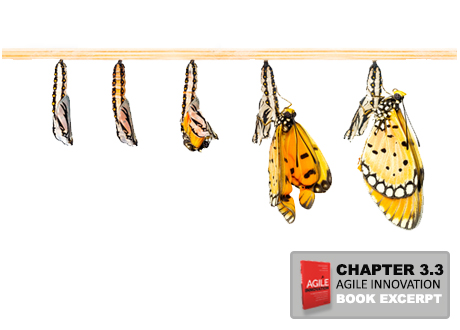Do You Really Want Disruptive Innovation?
What company wouldn’t want to come out with the next iPhone, online bookstore or Swiffer mop? In the right circumstances disruptive innovation can be a valid path to drive the long-term survival and growth of a mature organization. But Anthony Ferrier argues that most companies are not in that environment. They talk (a lot) about pursuing disruptive innovation, but the reality is that they don’t really want, or are able, to support it.












